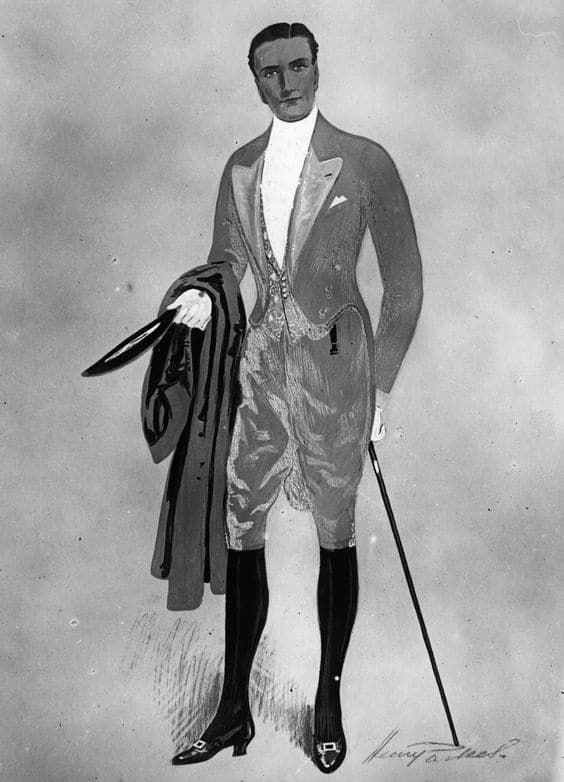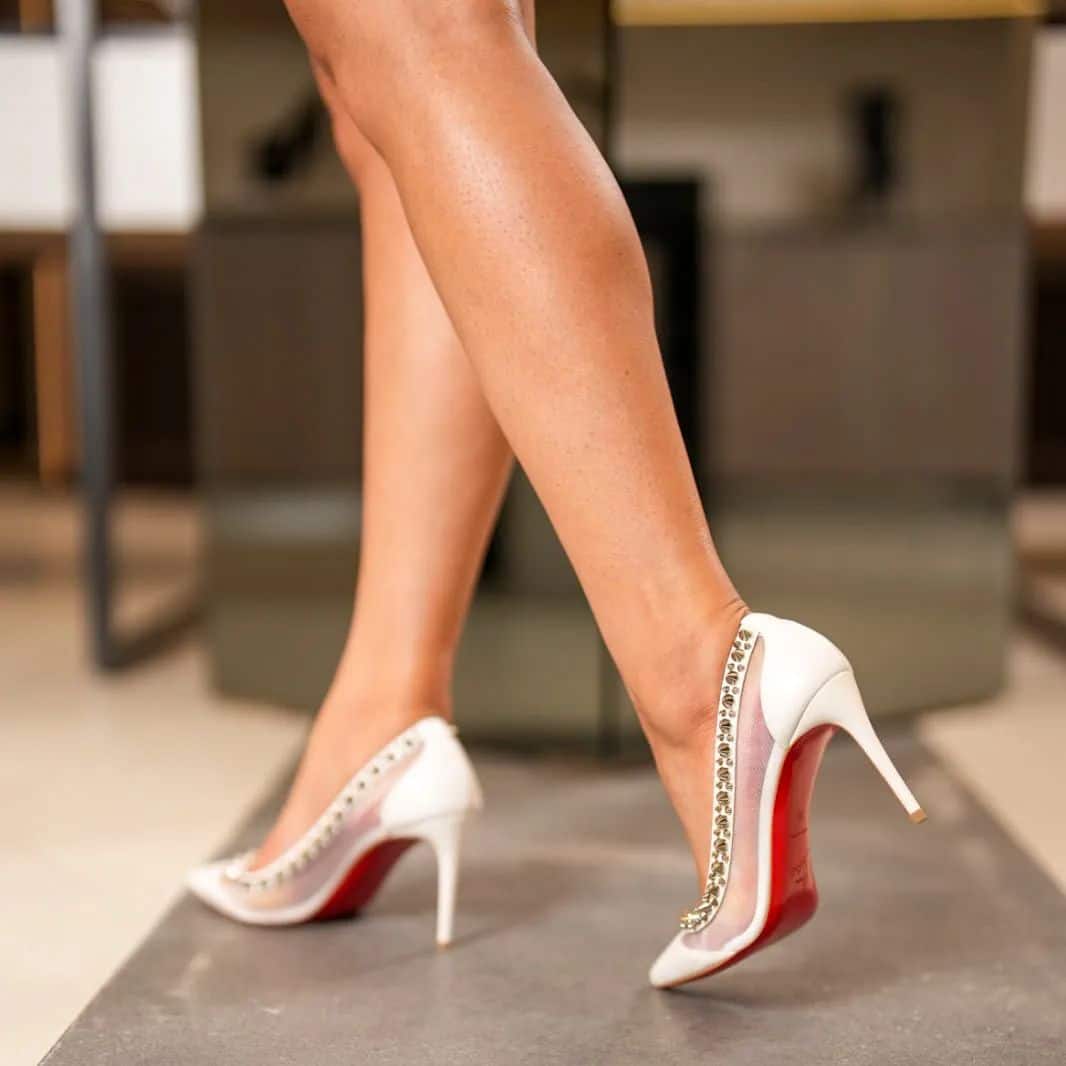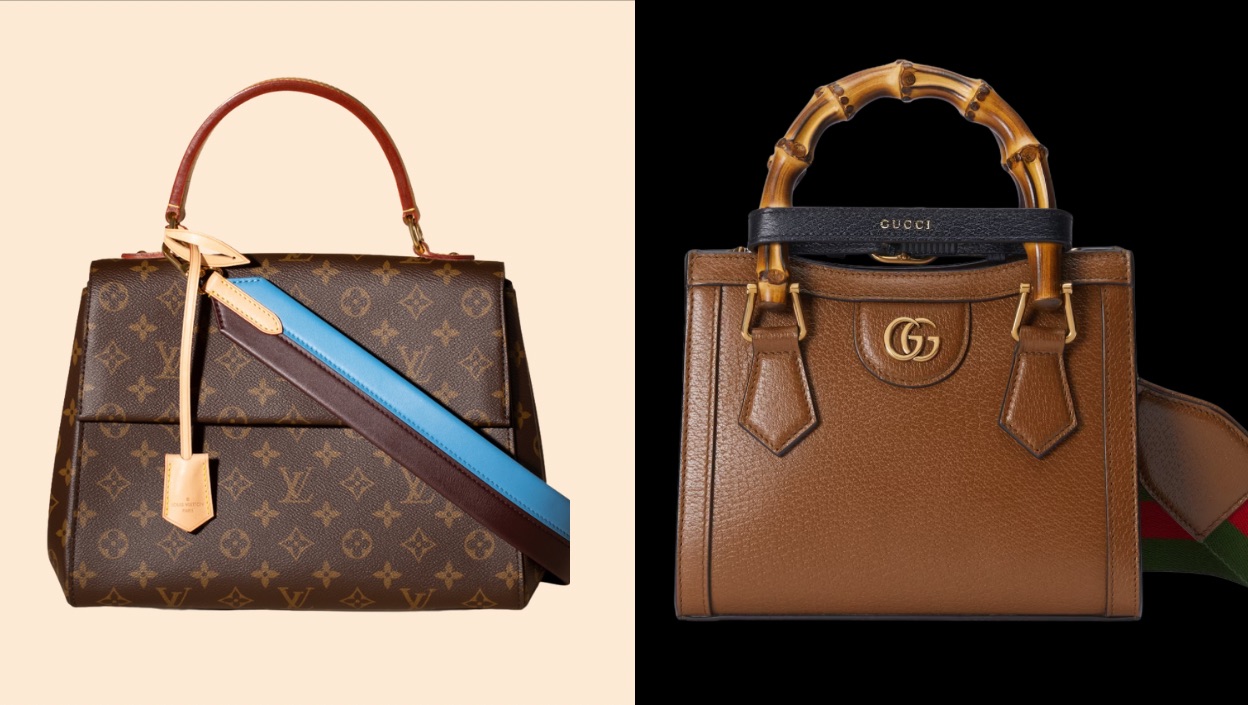The Surprising Origin Of High Heels

From the streets to the boardroom, women are embracing heels as an essential part of their wardrobe. Heels elongate legs, add a touch of sophistication and even grant any woman an extra boost in height. Such attire is now mainstream and comes in a variety of shapes and sizes. While comfort may not be its primary focus, it’s undeniable that heels have become increasingly prominent within society today.
The introduction of high heels into high society.
Though we now associate them with female fashion, high heels were not originally designed for women. In fact, kings and other wealthy men first embraced this type of shoe. One theory behind their creation is that equestrians used them to gain better balance in stirrups. This design principle can still be seen today in cowboy boots which typically have low heels. It’s believed that heels originated as a means to aid warriors during battle, reportedly dating back to around 1000 AD during Persia’s time as an Empire.

When did women start wearing heels?
It wasn’t until the mid-1500s that women began wearing heels. The initial sighting of a high heel on a female was on Catherine de Medici (Queen of France). Before this, females had only worn platform shoes, more commonly referred to as “chopines”, which were largely found around Venice in Italy – although they weren’t limited to solely there. Sources indicate that members of nobility wore chopines up to 20 inches tall, with the purpose being twofold; allowing ladies to increase their stature and guard their feet and dresses against the sludge-filled streets of Venice.
The fashion for wearing these kinds of shoes rose again during the reign of King Louis XIV in the late 1600s and early 1700s when he embraced red-heeled shoes – a design concept now most traditionally associated with Christian Louboutin garments.
In the past, wearing high heels was a way for a man to not only appear affluent and wealthy, but it also gave them the feeling of being more dominant.

The evolution of heels.
During the 1700s, smaller feet were considered more attractive in accordance with the beauty standards of the time. As such, many females wore high heels to create a false impression that their feet were smaller than they actually were. This was due to long skirts and dresses which covered most of their feet during this period. After World War II, fashion trends began leaning towards chunkier heels; however, thanks to advancements in technology made during wartime, fabricators had access to metals and consequently created the modern stiletto heel as we know it today.
From thick and bulky wooden designs to sleek and slender modern versions, the evolution of the classic heeled shoe is remarkable. Over time fashion trends have come and gone, yet the popularity of this footwear piece has remained constant. Previously, heels were constructed from heavier materials, making them naturally much thicker in shape than what we now observe on the market. Due to the weight factor, these earlier designs could not be nearly as thin as what is available today. Amidst all of this change, however, one thing remains clear; the timeless nature of this chic accessory continues to transcend eras and styles.


Where to buy the perfect heels
High heels have become an integral part of a modern woman’s wardrobe, and it’s easy to see the appeal. Not only do they instantly elevate any outfit, but wearing them can also have powerful psychological effects. Luxity is the perfect destination for elevating your look with the latest in luxury heels. Browse our selection of designer brands including Christian Louboutin, Jimmy Choo, Gucci, and Burberry – to name just a few! Go ahead, indulge yourself by shopping till you drop.
[products category=”heels” cat_operator=”AND” columns= “3” Limit=”6″ order=”Desc” orderby=”date”]
Related Posts

South Africans Are Choosing Guilt-Free Luxury This Black Friday

Africa’s Luxury Shift 2025: Why Bags, Watches & Jewellery Are the Real Investments
